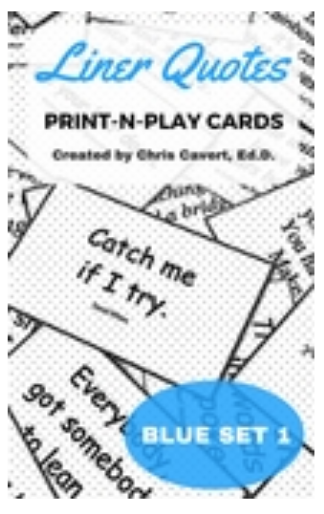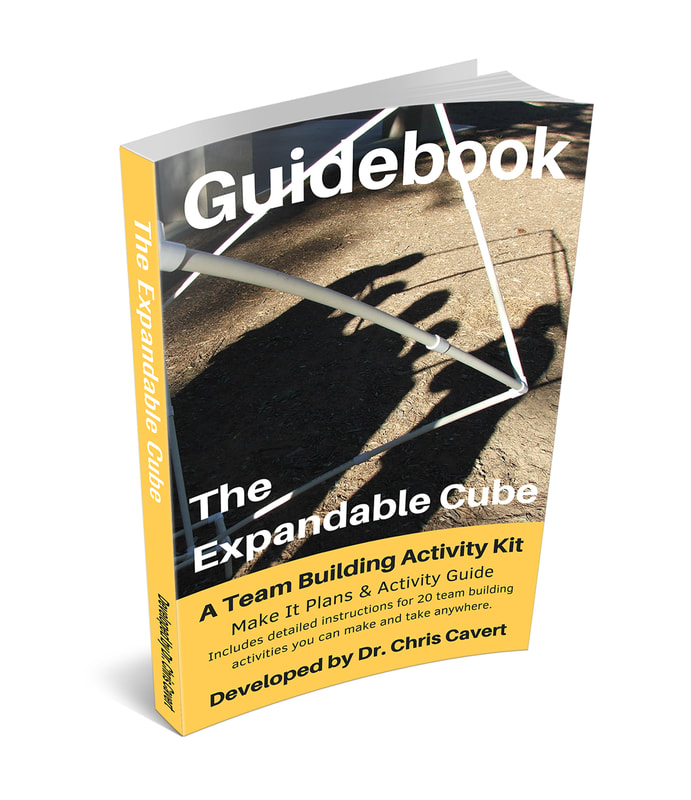When I ran into the table-top game Qwirkle, I found a tool that could be used to work on a few of the behaviors emphasized in Colourblind (still, Colourblind is a powerful tool for working through communication skills and assumptions - get it if you can).

The table-top game of Qwirkle (a great game, in and of itself, by the way!), comes in family size and travel size wooden pieces, as well as Qwirkle Rummy Cards - regular and Color-Blind Friendly cards. Every Qwirkle game comes with three sets of six different shapes and six different colors of each shape (wooden pieces shown to the left and HERES a write up with the cards version).
Needs & Numbers: You will need one set of colored shapes from a Qwirkle game (the picture above is one set - remember, there are three complete sets of pieces in a Qwirkle game). Plays well with 4 to 18 participants (you can actually play with 34 people, each person receives one piece, but know that this version involves more waiting time).
Directions: Place all 36 pieces (or cards) of one set, shape-down, on top of a table (or setting them out on the floor works out as well). You (the facilitator) pick up two pieces off the table - be sure the group sees you pick up the pieces, but make sure they don't see the colors or shapes.
Than ask each person to pick up one piece without letting anyone else see what they picked up. If there are extra pieces, ask for volunteers to pick up one more piece. If there are still extra pieces, ask for more volunteers to pick up another. Repeat this process until all the pieces have been picked up.
SMALL GROUP NOTE: If you are working with a group of 4 to 8 participants, you can make the activity a bit easier by taking out one (or two) complete sup-set of colors (e.g., take out all the reds, leaving 30 pieces to work with) or by taking out a complete subset of shapes (e.g., all the circles - again, leaving 30 pieces).
Challenge: Once everyone has at least one game piece and understands they are not to show their shape and color to anyone else, their challenge is to figure out, and then tell you, the color and shape of each piece you picked up. They are allowed to say anything they want about their pieces, but, again, they can't show anyone what they have.
Variations:
- Don't allow the players to move around during the activity - they must remain in the place they are standing once the game begins.
- After everyone has one piece, place all the extras off to the side, shape down. Limit the number of times the group (one person) can view the extra pieces. Or, maybe each person in the group can go to view one of the pieces once.
What's Missing? is a great lead into ZOOM. HERE are the details. And HERE is a variation of ZOOM including a video.
Let us know how What's Missing? works for you. And, if you find a fun way to present the challenge please let us know in the Comments below.
All the best,
Chris Cavert, Ed.D.







 RSS Feed
RSS Feed